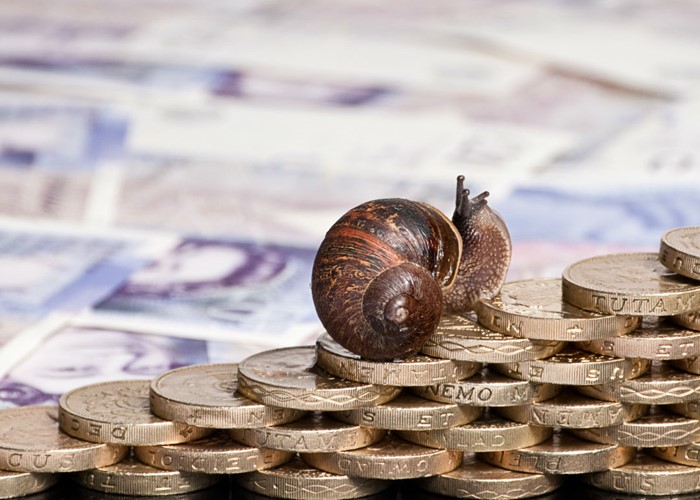This article is now out of date. For the latest best buy fixed-rate bonds, take a look at our article The top fixed rate savings bonds
Yorkshire Building Society has marked 2012 with the launch of a new one-year savings bond, which the mutual proclaimed offers a best buy return for savers. So just how good is this new account, and how does it compare to the rest of the market?
The Yorkshire bond
Yorkshire’s one-year bond offers a return of 3.50% AER, maturing on 31st January 2013.
Savers can open the account online, over the phone or in branch, with a minimum deposit of £1,000. The maximum deposit is £2 million - although if you've got more than £85,000 in your savings pot, be sure to spread it around if you don't want to fall foul of the compensation limits.
You can choose whether you want to receive your interest on a monthly or annual basis, and you can also make additional deposits while the bond remains available. However, you won’t be allowed to withdraw a penny, or close the account, during the term of the bond.
It’s not quite the best
The Yorkshire bond is certainly a top contender, but it’s not quite a best buy if you’re just after a bond for a year. The best return you can get comes from the AA with its one-year fixed rate bond, which offers a gross rate of 3.60% AER.
What’s more, with the AA account you can open it with just £1 and save as much as £5 million, though again you won’t be able to get your hands on any of your cash at all for the first 12 months.
Here are the five one-year bonds offering you the best return:
|
Bond |
AER |
Minimum deposit |
|
3.60% |
£1 |
|
|
3.50% |
£1,000 |
|
|
3.50% |
£1,000 |
|
|
3.35% |
£1,000 |
|
|
3.35% |
£1,000 |
Why go for a bond?
The downside of putting your cash in a bond of course is that you can’t get your hands on it. As a result, it’s only really appropriate for savings that you’re unlikely to need in a hurry. However, in return for giving up access, you do earn a better rate on your cash than you would in an easy access account.
To demonstrate this, the table below shows the best rates from the top three easy access accounts on the market today.
|
Account |
AER |
Minimum deposit |
Limited withdrawals? |
|
3.12% (includes 1.58% bonus for 12 months) |
£1,000 |
One free withdrawal each year |
|
|
3.10% (includes 2.56% bonus for 12 months) |
£1 |
No |
|
|
3.10% (includes 2.60% bonus for 12 months) |
£1 |
No |
You’ll have to decide for yourself whether it’s worth it to give up access to your cash for 12 months for the sake of an extra 0.48% on your savings.
Locking up your cash for longer
Of course, if you want to get an even better return on your cash, you could always lock your money away for even longer. Here are the rates you can expect if you go for a longer bond.
|
Account |
Term |
AER |
Minimum deposit |
|
Two years |
4.05% |
£1 |
|
|
Two years |
3.9% |
£1 |
|
|
Three years |
4.15% |
£1,000 |
|
|
Three years |
4.11% |
£500 |
|
|
Five years |
4.65% |
£1 |
|
|
Five years |
4.65% |
£1 |
I don’t know about you, but getting a rate of 4.65% on my savings sounds a lot more appealing than a rate of 3.12%!
The trouble is that while 4.65% looks a fantastic rate at the moment, your money will still be enjoying that rate come 2017. And while I can’t tell you with any certainty what the base rate will look like in 2017, I don’t think it’s much of a stretch to suggest that it will be somewhat higher than 0.5% as it is at the moment.
The point is five years is an awful long time. It may end up that you would have got a better return on your cash by sticking to shorter term bonds, and riding the rate rises as they come over the next five years, rather than going straight to a five-year bond.
Personally, I’d be tempted to stick to one-, two- and at a push three-year bonds.
More: Compare savings accounts | New credit card offering up to £100 cashback | Get a 0% overdraft
